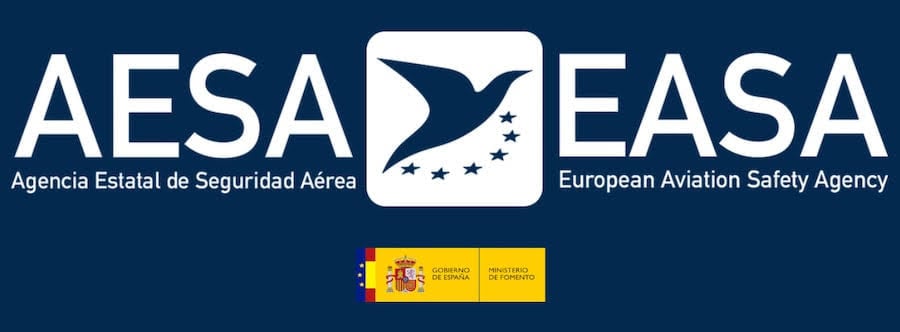We are all used to going to the petrol station and filling up our car, but have you ever wondered how to fill up an aeroplane? And what fuel do aeroplanes use?
In today’s post, we talk about aircraft fuel, octane rating, consumption and much more. What are you waiting for to find it out?
Contents
- Types of aeroplane fuels
- What are octane ratings in aeroplanes fuel?
- What colour is aeroplane fuel?
- Draining fuel before the flight
- SAF: The new sustainable jet fuels
- How many litres of fuel does an aircraft carry?
- Why is fuel carried in wings?
- Aircraft fuel management in-flight
- Types of fuel deposits
- System to feed the engine
- How can planes refuel in flight?
- Now you know a lot more about aviation fuel





